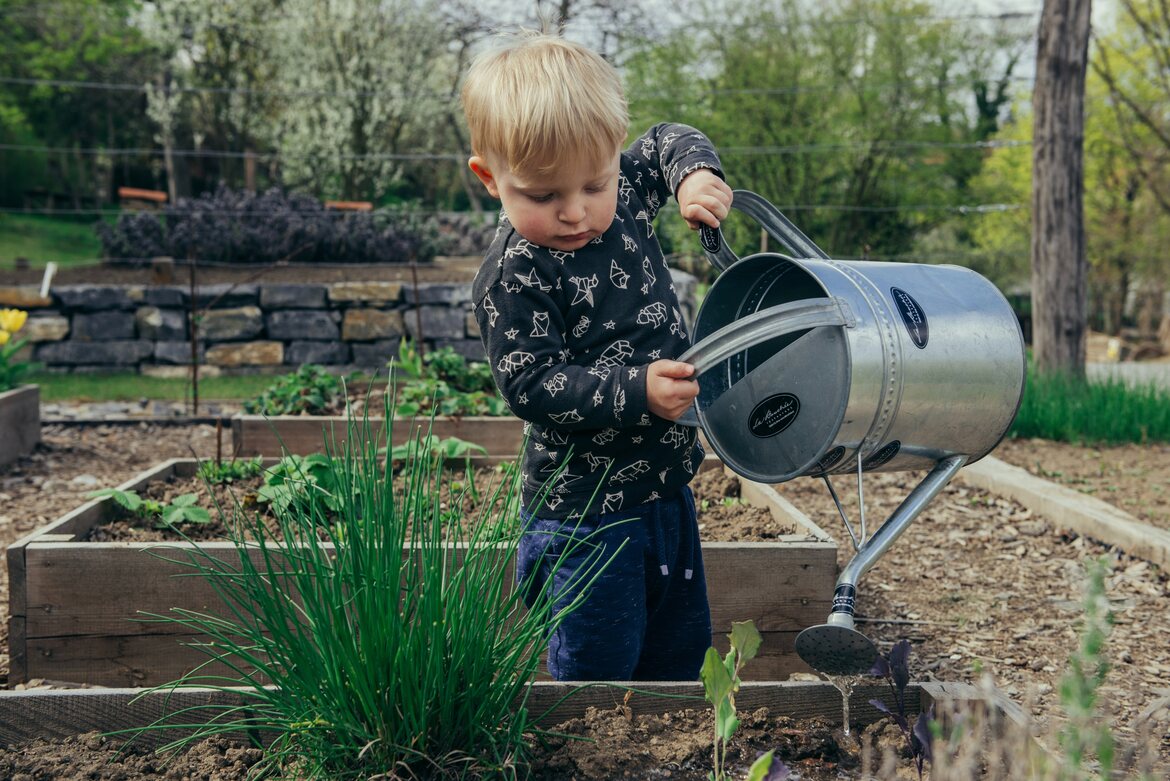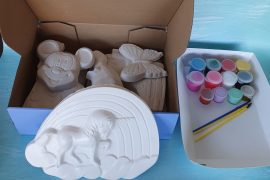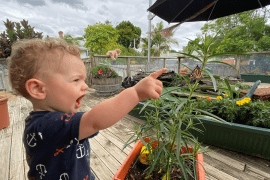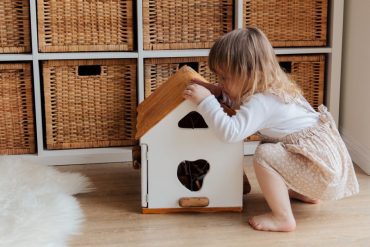By Jane Marsh
Starting a garden is a wonderful way to help your children foster a love for nature and being in the great outdoors. When you grow a garden, your children become resilient and independent. It boosts their overall physical development. Plus, it’s beneficial for their cognitive development, helping them improve their memory and ability to predict outcomes.
Aside from their physical and mental well-being, you get to show them a world of excitement. Your children will be intrigued as they watch the bees visit flowers and oversee their work grow into something beautiful.
Here are a few tips for growing your own garden at home!
1. Decide What Type of Garden to Grow
If you’d like to grow something you’d want to eat, consider which fruits, vegetables, and herbs your family would enjoy most. Some of the easier crops to grow include strawberries, tomatoes, potatoes, and even lettuce.
You’ll also want to be sure your crops grow well. So, you’ll need to figure out which of your choices make sense for your area. Try learning about your gardening zone to estimate the first and last frost dates.
2. Choose Your Location
Find an area that gets the most sun. Most fruits and vegetables need full sun or six hours of direct sunlight each day. Considering the best location will make for a fruitful garden.
It also helps you think about how you’ll access the garden. Having one in plain sight will allow you to tend to it better.
3. Plan the Garden Beds
After choosing the best area, you can decide on the garden bed size and type. Raised beds make it easier to maintain your garden. However, they do dry out fairly quickly. If you have a dry area, sunken beds are best for gathering moisture.
Instead of establishing single rows, garden blocks will be easier. The beds should be at least three to four feet across – narrow enough for you to reach the centre of either side.
4. Invest in Gardening Tools
Try to avoid plastic tools if you can. Metal tools are best for working in your garden. You can always visit your local garden center and get your basic gardening supplies, including:
- Shovel
- Leaf and stone rakes
- Garden hoe
- Scuffle hoe
- Hand tools
Quality tools save you time, money, and effort. It also helps if you keep them clean to maintain good condition.
5. Test the Soil
Find out your soil’s characteristics. Knowing what you have will determine how much water your plants require. You can evaluate it by looking at the dirt. However, home tests are available to give you the answers you need.
Most garden crops prefer neutral soil with a pH of around 7. Meanwhile, some enjoy slightly acidic or alkaline conditions.











